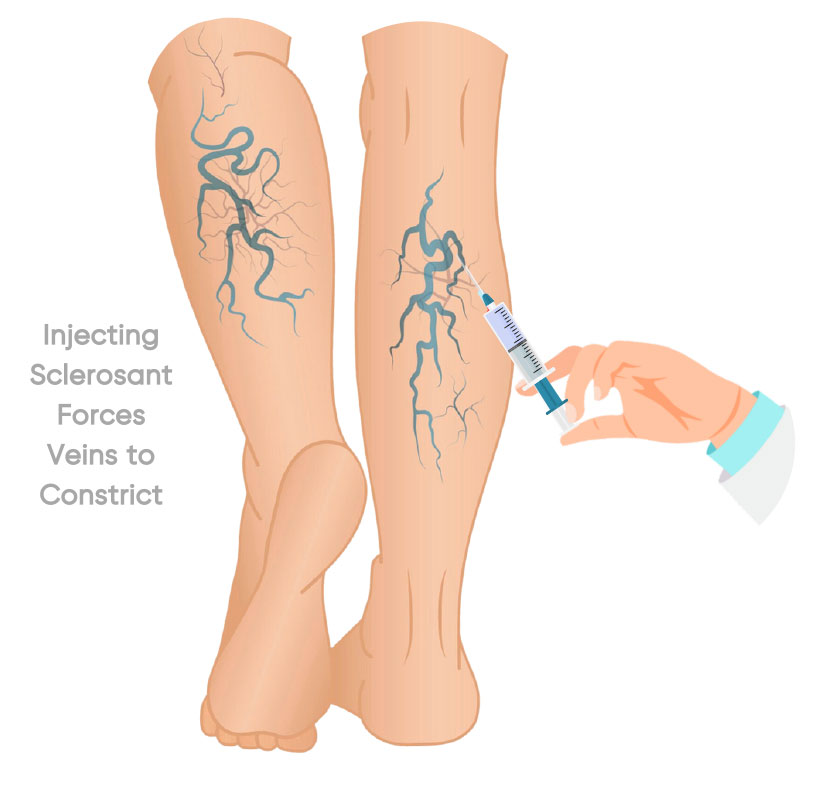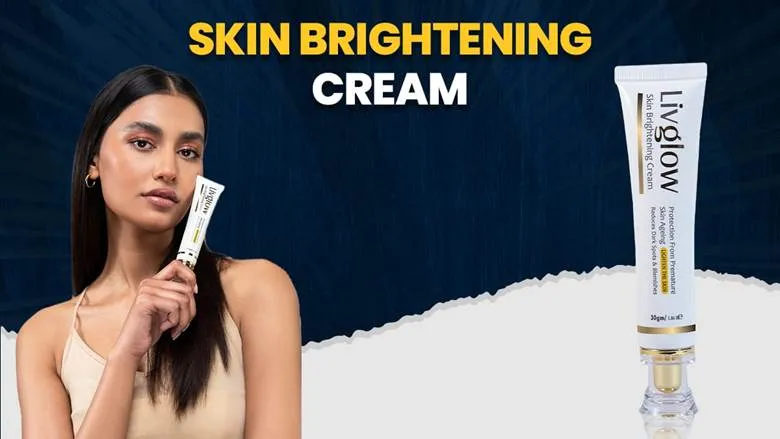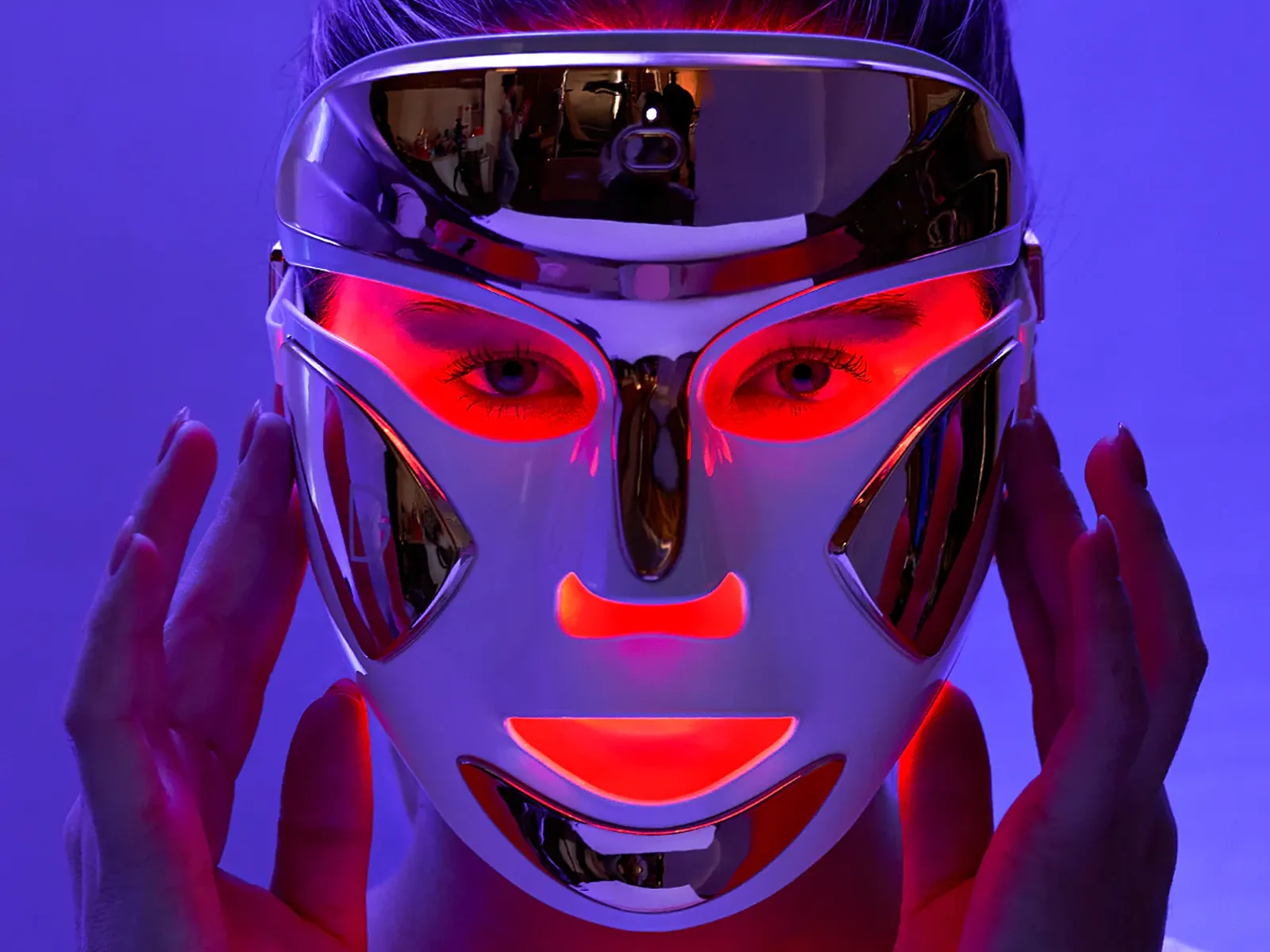Varicose veins are more than just a cosmetic concern—they can cause discomfort, pain, and, if left untreated, serious complications. Millions of people worldwide suffer from this condition, yet many still delay treatment, either due to lack of awareness or fear of medical procedures. The good news is that modern medicine offers a variety of effective, minimally invasive solutions to restore both the health and appearance of your legs.
In this article, we’ll explore what causes varicose veins, the symptoms to watch out for, and the Varicose Veins Treatment: Effective Options for Healthy Legs that can help you live a more active, comfortable life.
Understanding Varicose Veins
Varicose veins occur when veins become enlarged, swollen, and twisted due to faulty valves that prevent proper blood flow. Instead of moving upward toward the heart, blood pools in the veins, causing them to bulge. This typically affects the legs because standing and walking increase pressure in the veins of the lower body.
Common causes include:
- Weak or damaged vein valves
- Genetic predisposition
- Pregnancy and hormonal changes
- Prolonged standing or sitting
- Obesity
- Age-related wear and tear
Symptoms You Shouldn’t Ignore
While varicose veins are easy to spot visually, some symptoms are less obvious. These include:
- Aching or heavy legs
- Swelling in ankles or feet
- Burning or throbbing sensations
- Skin discoloration around the veins
- Itching and irritation
- Night cramps
If you notice any of these symptoms, it’s important to consult a vein specialist. Early intervention can prevent complications like ulcers or deep vein thrombosis.
Varicose Veins Treatment Options
Medical science has evolved far beyond traditional surgery. Today’s treatments are faster, less invasive, and offer quicker recovery times. Let’s explore the most effective options available.
1. Lifestyle and Home Remedies
Before considering medical interventions, certain lifestyle adjustments can help manage symptoms and slow progression:
- Exercise regularly: Walking improves circulation in the legs.
- Maintain a healthy weight: Reduces pressure on the veins.
- Elevate your legs: Promotes better blood flow.
- Avoid prolonged standing or sitting: Keep moving every 30 minutes.
- Wear compression stockings: Support veins and reduce swelling.
2. Compression Therapy
Compression stockings gently squeeze the legs to encourage blood flow back toward the heart. They’re often recommended as a first-line treatment for mild varicose veins and can relieve discomfort, though they don’t eliminate existing veins.
3. Sclerotherapy
A minimally invasive procedure in which a doctor injects a solution directly into the vein, causing it to collapse and fade over time. Best for small to medium-sized varicose veins, sclerotherapy has minimal downtime and excellent cosmetic results.
4. Laser Treatment (Endovenous Laser Therapy – EVLT)
Using laser energy, EVLT targets and closes off problem veins. This procedure is performed under local anesthesia, and patients can typically resume normal activities within a day. It’s highly effective for both cosmetic improvement and symptom relief.
5. Radiofrequency Ablation (RFA)
RFA uses heat generated by radio waves to seal off the faulty vein. This minimally invasive method offers quick recovery, minimal discomfort, and is widely recommended for large varicose veins.
6. Ambulatory Phlebectomy
In this surgical technique, small incisions are made to remove visible varicose veins. Despite being surgical, it’s minimally invasive and performed under local anesthesia with little downtime.
7. Vein Stripping (Traditional Surgery)
Although less common today due to the rise of advanced treatments, vein stripping is still used in severe cases. The surgeon removes the damaged vein through small incisions. Recovery may take a few weeks.
Choosing the Right Treatment
The best treatment depends on factors like:
- Severity of your varicose veins
- Presence of underlying vein disease
- Your general health and medical history
- Desired recovery time and cosmetic outcome
Consulting with a vascular specialist ensures you receive a personalized treatment plan that addresses both symptoms and underlying causes.
Preventing Varicose Veins
While some risk factors, like genetics, can’t be changed, you can still take steps to protect your vein health:
- Stay active and avoid prolonged sitting or standing
- Eat a balanced diet rich in fiber and low in salt
- Wear supportive shoes and avoid high heels for long periods
- Maintain a healthy body weight
- Use compression stockings if recommended by your doctor
Conclusion
Varicose veins don’t have to limit your lifestyle or confidence. With today’s advanced Varicose Veins Treatment: Effective Options for Healthy Legs, you can find a solution that works for your needs—whether it’s lifestyle changes, minimally invasive therapies, or surgical procedures. Taking early action not only improves your leg health but also enhances your overall well-being.
Healthy legs are possible, and the journey starts with the right treatment choice.
Frequently Asked Questions (FAQs)
Q1: Are varicose veins dangerous?
Not always, but they can lead to complications like ulcers or blood clots if left untreated.
Q2: How long is recovery after treatment?
Minimally invasive treatments often have recovery times of 1–2 days, while surgery may require weeks.
Q3: Will varicose veins come back after treatment?
Treatment addresses existing veins, but new varicose veins may develop over time if underlying risk factors remain.
Q4: Are treatments painful?
Most modern treatments are performed under local anesthesia with minimal discomfort.
Q5: Can I treat varicose veins naturally?
Lifestyle changes and compression therapy can help manage symptoms, but medical procedures are needed to remove or close affected veins.



